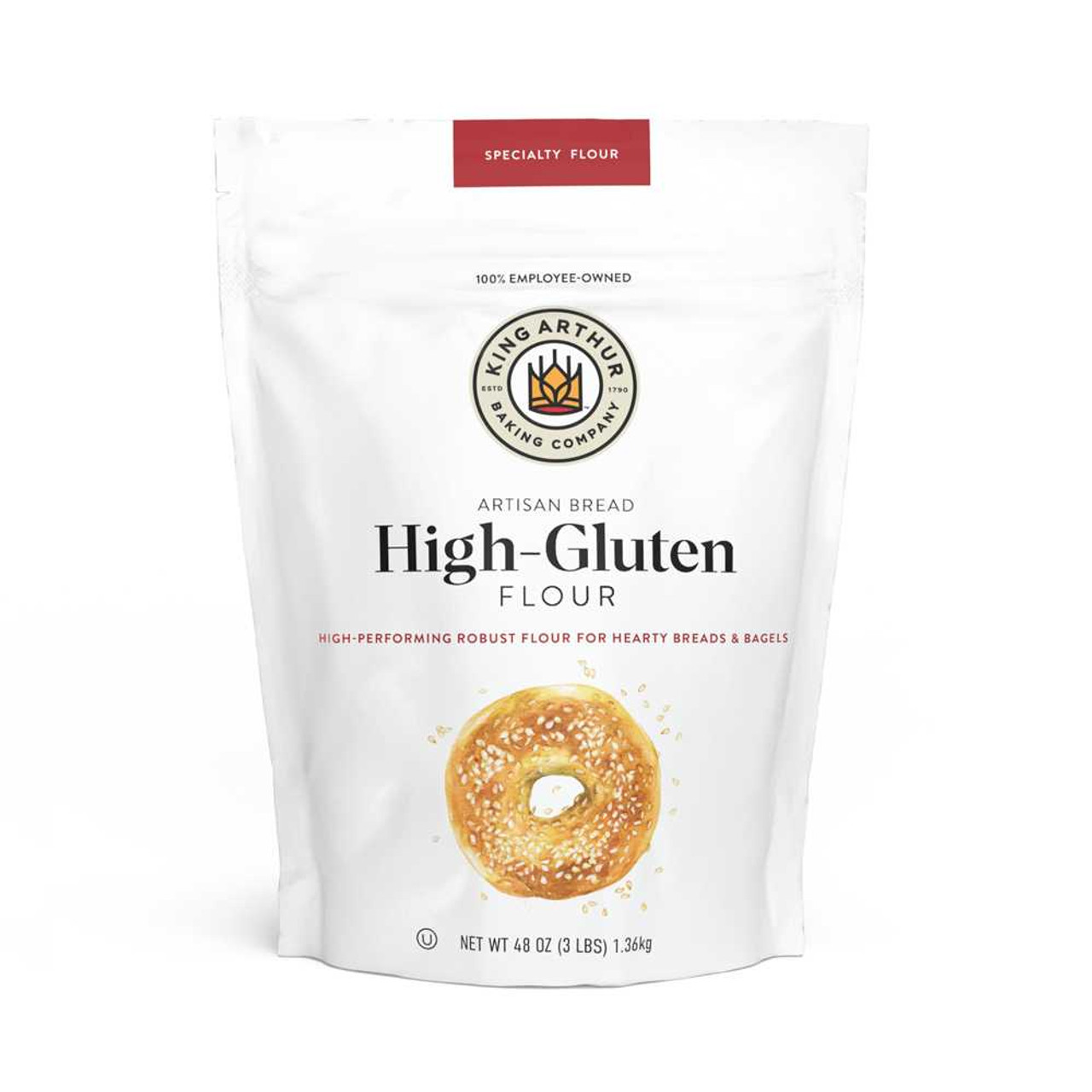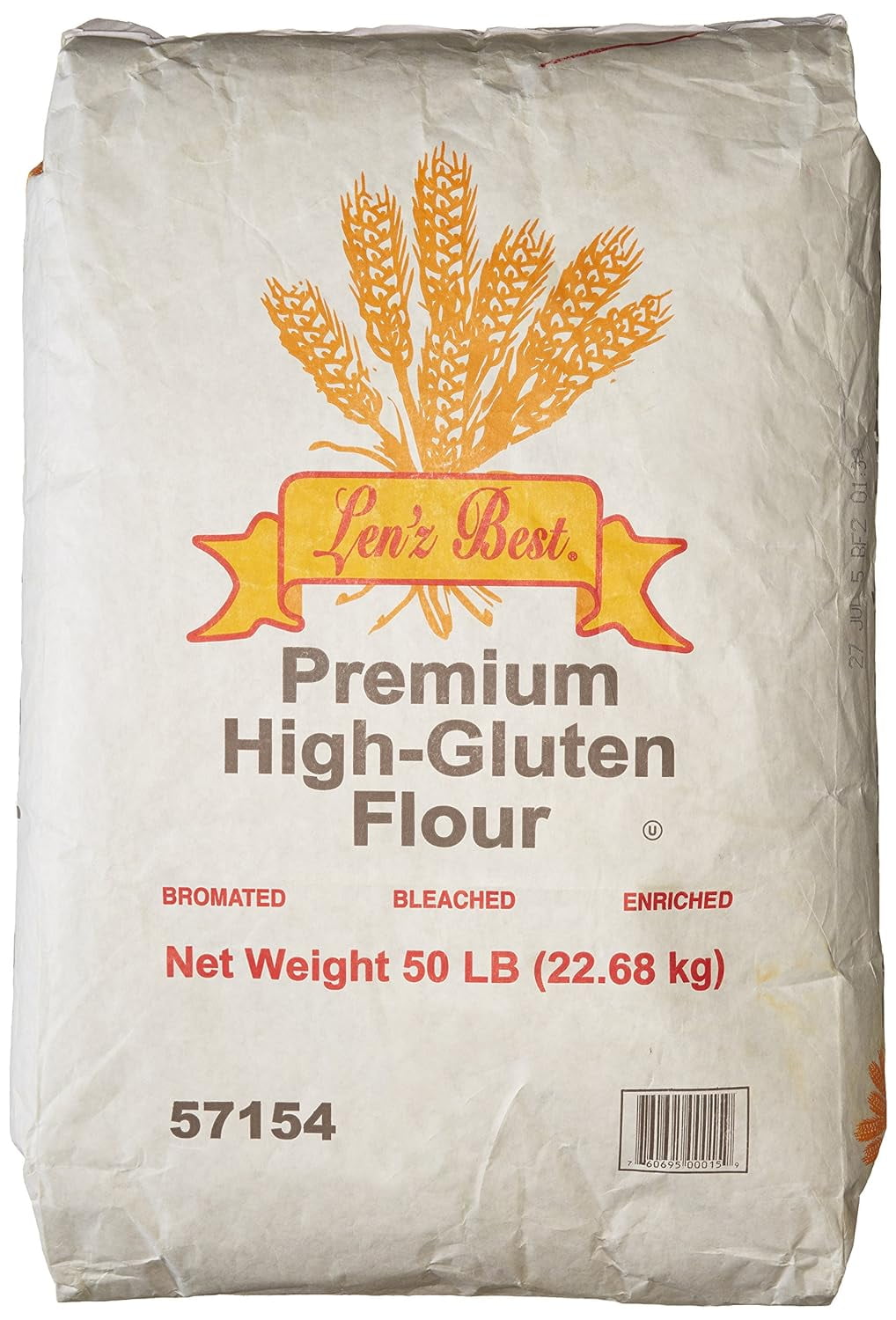Okay, so, recently I got super into baking, like REALLY into it. I’m talking sourdough starter names and hydration percentages all day. And one thing I kept running into was recipes calling for “high gluten flour.” I was like, “Alright, let’s figure this out.”
First things first: the research. I hopped online, dove into forums, watched a ton of YouTube videos (shoutout to all the baking gurus out there!), and basically tried to absorb everything I could about what makes flour “high gluten.” It turns out, it’s all about the protein content. Higher protein = more gluten potential.

Then, I went shopping. My local grocery store had a few different options. I grabbed a bag of King Arthur Bread Flour (it’s pretty widely available and usually a safe bet) and another, lesser-known brand that claimed a high protein percentage. I was thinking, let’s put these to the test!
The Experiment: Dough Time! I decided to keep things simple. I made two batches of a basic bread dough recipe, one with each flour. Same ingredients, same measurements, same kneading time. I really wanted to isolate the impact of the flour.
Here’s the rough recipe I used (don’t judge my lack of precision, I was winging it a bit):
- 500g flour (either King Arthur or the other brand)
- 350g water
- 10g salt
- 5g instant yeast
Kneading was key. I kneaded both doughs for about 10 minutes each. The King Arthur dough was noticeably smoother and more elastic almost immediately. The other brand took a little longer to come together, and it felt a bit stickier. This was already a clue!
The Rise: Watching the Magic Happen. I let both doughs rise in the same warm spot for about an hour and a half. The King Arthur dough puffed up beautifully, almost doubling in size. The other dough rose, but not quite as much. It was also a little flatter on top.
Baking Time! I shaped both doughs into simple loaves and baked them at 375°F (190°C) for about 30 minutes. The King Arthur loaf got a lovely golden-brown crust and a nice oven spring. The other loaf was…okay. It looked a little pale and didn’t have quite the same rise.
The Taste Test: The Moment of Truth. The King Arthur loaf had a fantastic chewy texture, a nice open crumb, and that classic bread flavor. The other loaf was… fine. It was edible. But the texture was a bit denser, and the flavor wasn’t as developed.

The Verdict: King Arthur Wins (But There’s More to It!)
Okay, so King Arthur Bread Flour definitely performed better. But here’s the thing I learned: it’s not just about the protein percentage. Flour quality matters. Milling processes matter. How the gluten develops in the dough matters. Even the water you use can make a difference!
My takeaways:
- Don’t just look at the protein content on the bag.
- Experiment with different brands of flour.
- Pay attention to how the dough feels when you’re kneading.
- Practice makes perfect! The more you bake, the better you’ll get at recognizing what good dough looks and feels like.
I’m still learning, but this little experiment was a great starting point. Next up: trying some different high-gluten flours from smaller, local mills. Wish me luck!












